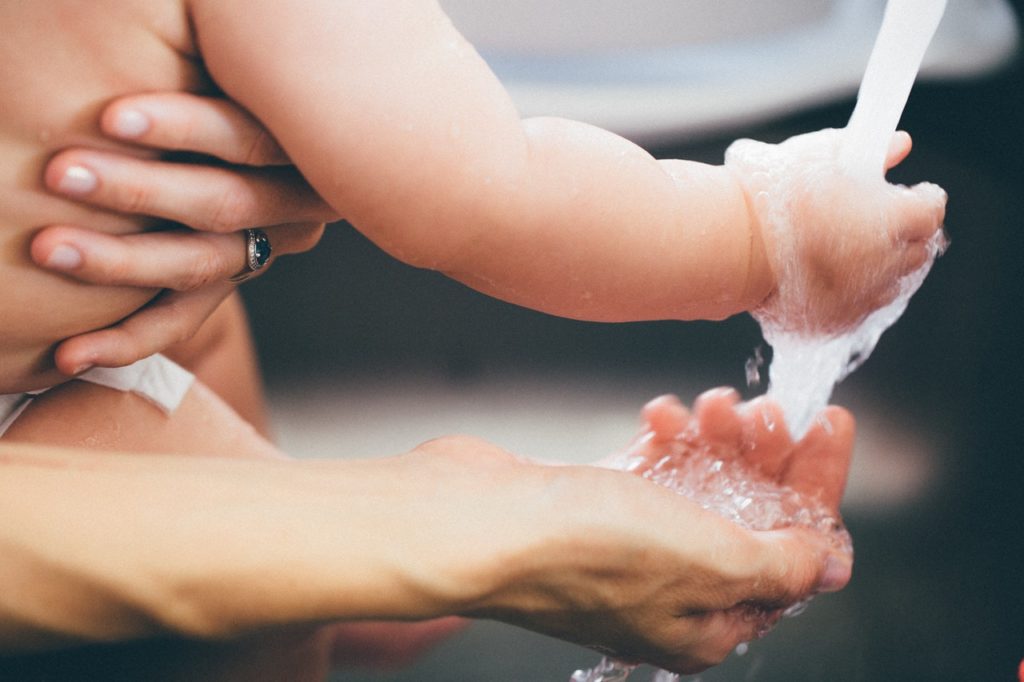Proper exhalation while swimming is a vital skill for two reasons: 1) it’s how we teach you to keep water out of the nose while you are on your back whether it be floating, flutter kicking, or learning backstroke, and 2) it’s how swimmers release air in preparation to take a breath.
Ultimately swimming is all about breathing. In Level 1 and Beginner Adults we focus exclusively on teaching how to breathe underwater. Developing and maintaining a correct pattern of inhaling and exhaling is the first fundamental skill for anyone to be able to swim and be safe in the water. If your swimmer is in Level 1 or if you are still “bob-reluctant,” check out our deep-dive on bobs blog post here.
This blog post is for you if you or your child are saying, “I can’t…”
… go as far as the coaches are asking
… hold my breath that long
… float – I just sink!
… do a somersault in the water
… touch the bottom of the pool (at 3-4 feet of depth)
The average healthy person should have no problem covering a distance of 20 feet in the water provided they are exhaling properly and performing the skills being taught correctly. Swimmers that are not exhaling properly are likely to feel winded or become out of breath more quickly. Exhaling, on land or in water, releases tension. When you hold your breath, your body is unable to release carbon dioxide (CO2) and you will begin to fatigue. This causes a sense of urgency or “needing” to breathe and results in a swimmer lifting their head, thus losing a stable body position and further fatiguing the body while trying to regain buoyancy or movement.
Simply put, holding the breath and retaining tension makes it hard to move. This feeling of needing to breathe creates a sense of fear and no one, regardless of age or ability, is able to learn when fear is present. By first teaching every single student how to breathe underwater, we are able to helping to establish a baseline comfort and confidence in the water that allows them to then be able to learn.
For more advanced swimmers who are expected to bilaterally breathe during freestyle, stockpiling CO2 from not exhaling makes the time between strokes feel very long regardless of how strong or powerful you are. A swimmer, in this case, is more likely to revert back to breathing solely on their favored side. This results in your stroke becoming lopsided from poor body rotation on your non-breathing side, which then leads to arm pull deficiency and other problems such as stress injury on the shoulder joints and back. All stemming from a poor breathing technique!
If you or your child is struggling to exhale through the nose, close the mouth and make the “letter M sound– hmmmmm” when putting the face into the water. As one improves the ability to exhale without needing to think about it, it actually becomes possible to exhale easily through the nose with the mouth open and not swallow any water. However, this can be difficult to achieve when first learning how to exhale through the nose.


